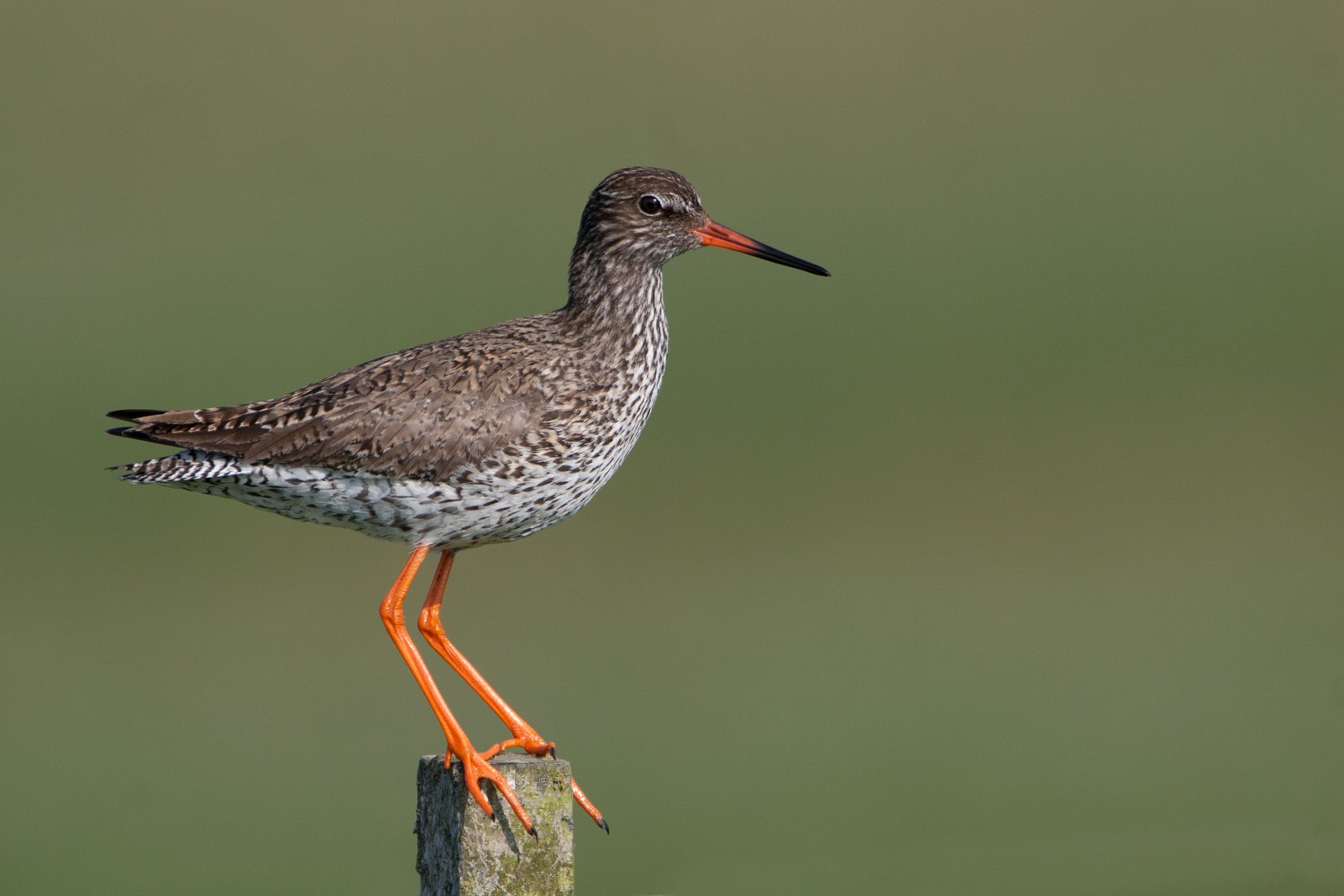Beschreibung
Orgreave Lakes are a remnant of the coal industry. Its mixture of river, lakes, open ground and woodland of various ages. The lakes are home to wildfowl throughout the year, including Zwergtaucher, Gänsesäger, Schellente, Tafelente, Reiherente and Pfeifente. Typical waders at the lake edges include Kiebitz, Flußuferläufer, Sandregenpfeifer and Austernfischer. Many other species can turn up during migration like Kampfläufer, Sanderling, Schwarzhalstaucher and Trauerseeschwalbe. Along the River Rother, look out for Eisvogel and Graureiher. Surrounding Orgreave Lakes is extensive rough grassland where a variety of small birds may be found including Feldlerche, Wiesenpieper and Bluthänfling. Hedgerows and areas of scrub and young woodland also support a range of smaller birds, including Gimpel, Singdrossel, and Rotdrossel and Wacholderdrossel in the winter months.
Details
Zugang
Access is possible from a number of directions, including from near the sports ground on Washfield Lane in Treeton. At the bottom of this road is the railway line that divides the area in two. To reach Orgreave Lakes, cross the footbridge and continue to another bridge across the River Rother. The lakes are then ahead and to your left and a complete circuit of these is possible (about 2,5 km).






